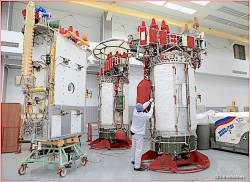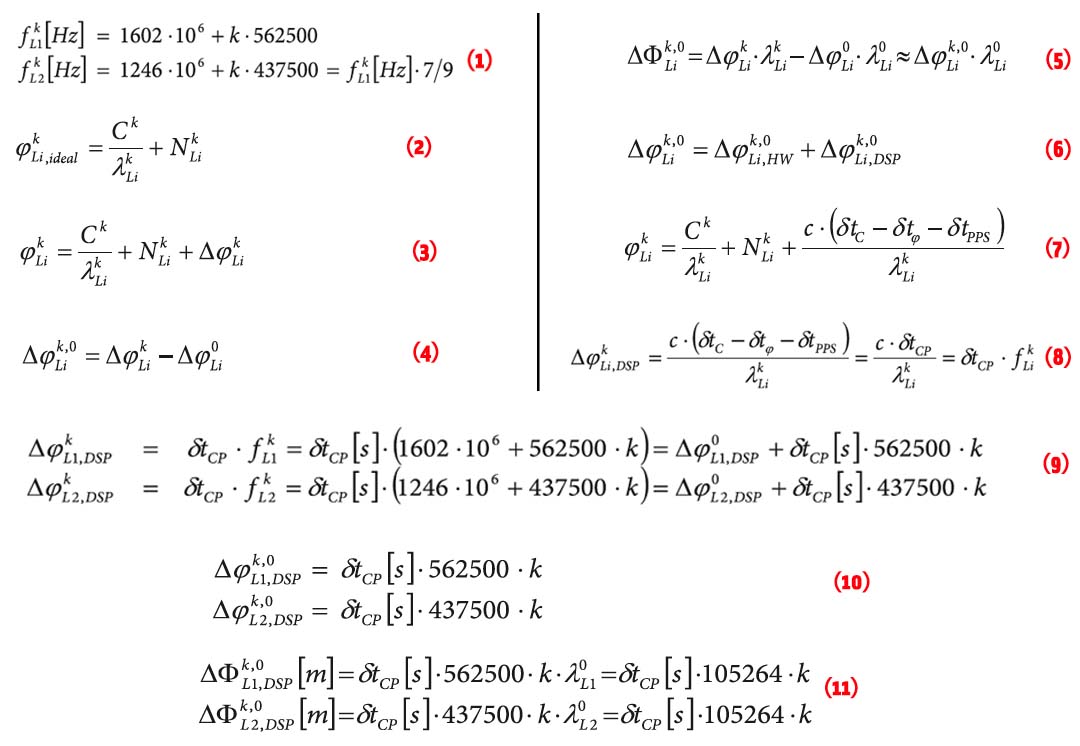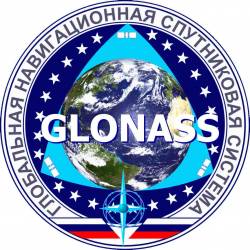
GLONASS is the Russian Federation’s GNSS—literally. The Russian acronym stands for GLObal’naya NAvigatsionnaya Sputnikovaya Sistema, or Global Navigation Satellite System.
Chronologically the world’s second GNSS system, both the program (established in 1976) and the first launch of a GLONASS satellite (October 12, 1982) followed the corresponding United States GPS milestones by a few years.
GLONASS is the Russian Federation’s GNSS—literally. The Russian acronym stands for GLObal’naya NAvigatsionnaya Sputnikovaya Sistema, or Global Navigation Satellite System.
Chronologically the world’s second GNSS system, both the program (established in 1976) and the first launch of a GLONASS satellite (October 12, 1982) followed the corresponding United States GPS milestones by a few years.
Although a full constellation was achieved in 1995, the economic collapse that followed the fall of the Soviet Union led to its underfunding and eventual decline to only seven operational satellites by 2001. That year, President Vladimir Putin initiated a program to revive and modernize GLONASS.
As of 2016, Twenty-three GLONASS satellites are operational, with 28 total spacecraft in the constellation. The current stage of GLONASS evolution is aimed at meeting future user requirements of which the most important is the improved accuracy of positioning.
During the implementation of the GLONASS Space Segment Modernization Program (2012–2015), it was determined that it was not feasible to launch new navigation satellites because the existing constellation of GLONASS-M satellites were operating beyond their guaranteed design lifetime.
Russia decided to install L3 code division multiple access (CDMA) navigation payloads onboard the GLONASS-M satellites # 755–761 and to improve performance of the GLONASS services based on the current GLONASS-M satellites transmitting the traditional frequency division multiple access (FDMA) signals.
Progress on the next-generation GLONASS-K has been slowed due to difficulties accessing certain components in the face of a United States and European embargo on export of strategic technologies to Russia because of political issues. However, the first GLONASS-K satellite, launched in 2014, entered service after more than a year of tests, in February 2016.
It is built around an unpressurized platform, has a mass of 974 kilograms, an electric power supply system’s capacity of
1600 watts, and a design for a 10-year lifespan. It transmits five navigation signals in the GLONASS L1, L2, and L3 bands. The satellite also carries a COSPAS-SARSAT payload supporting the international satellite-based search and rescue system.
The GLONASS-K model is expected to considerably improve the characteristics and capabilities of the GLONASS system, including the transmission of CDMA civil signals. The new-generation satellites will gradually replace the GLONASS-M series that currently form the backbone of the system’s orbital constellation.





